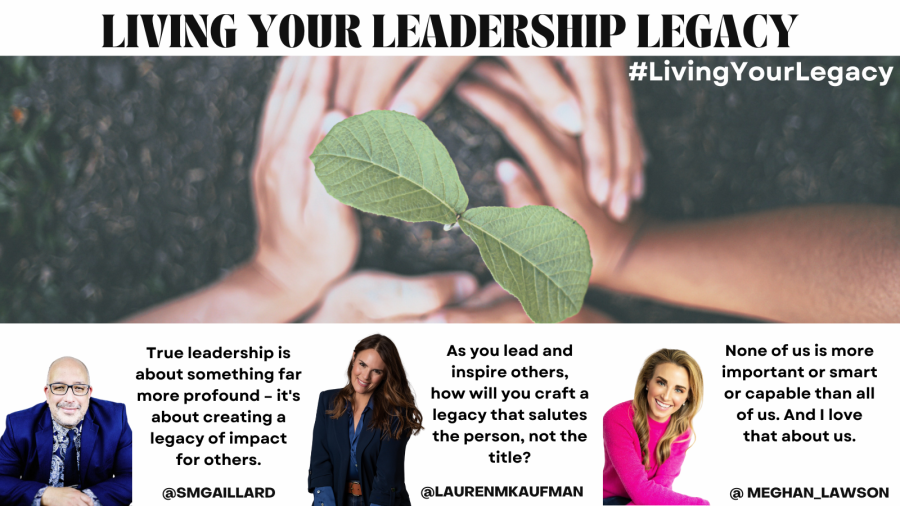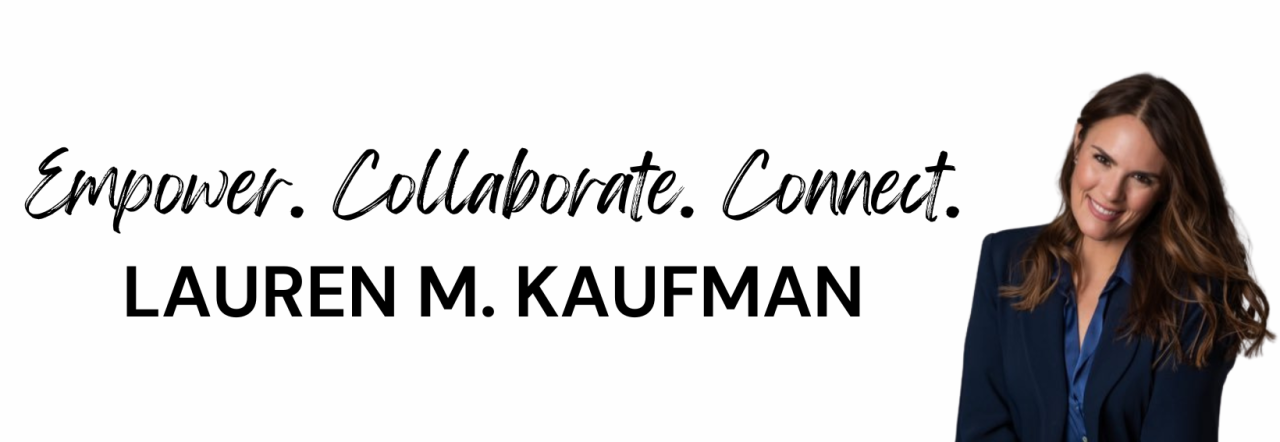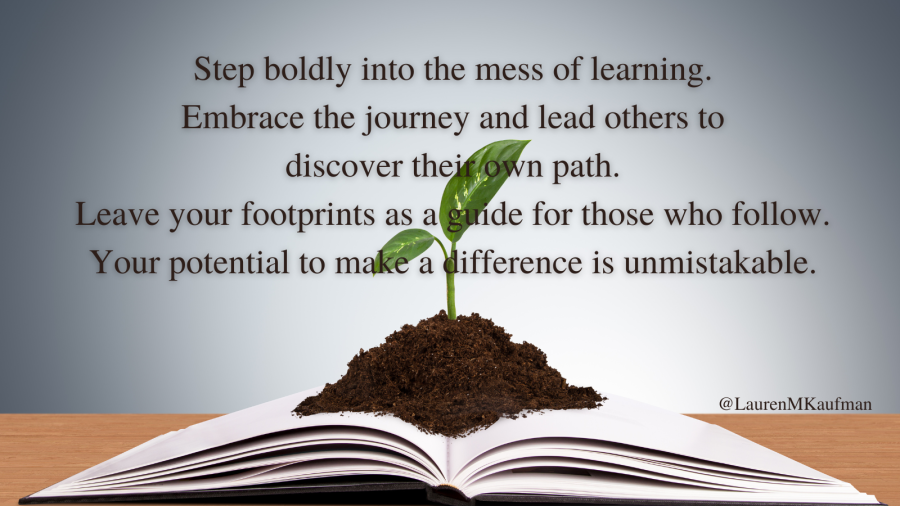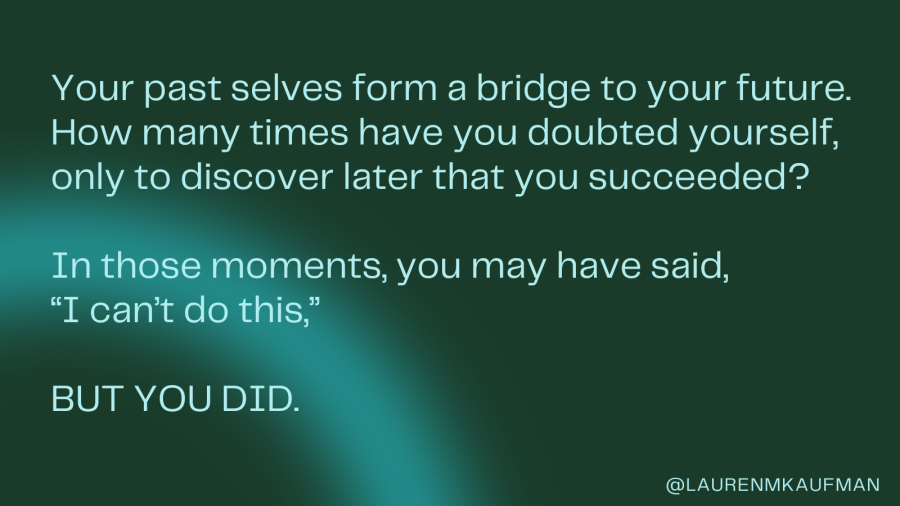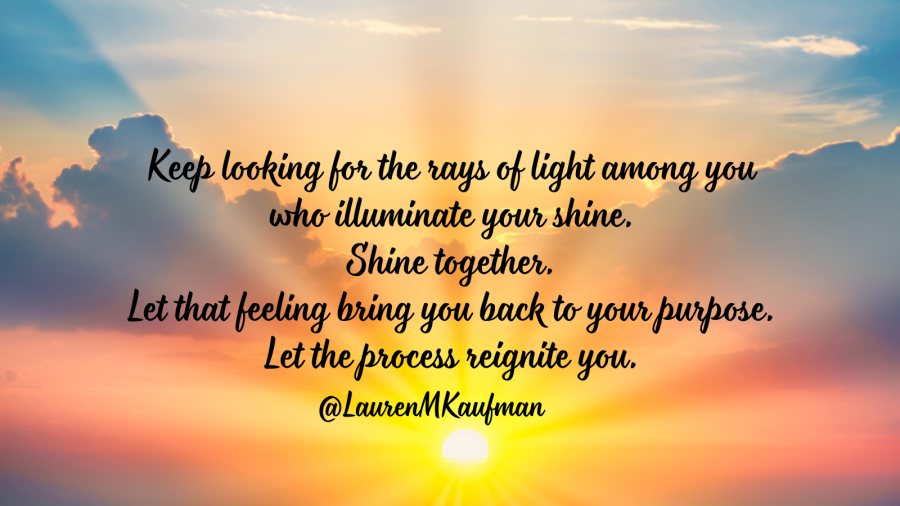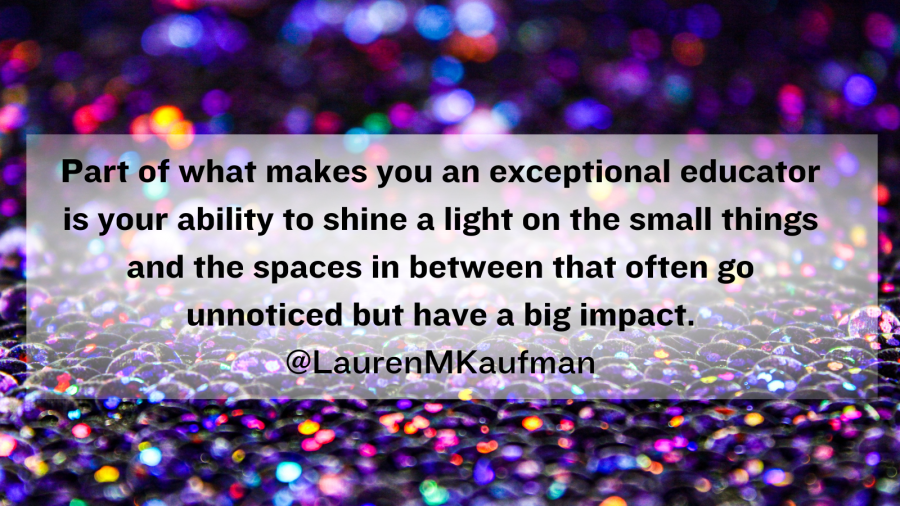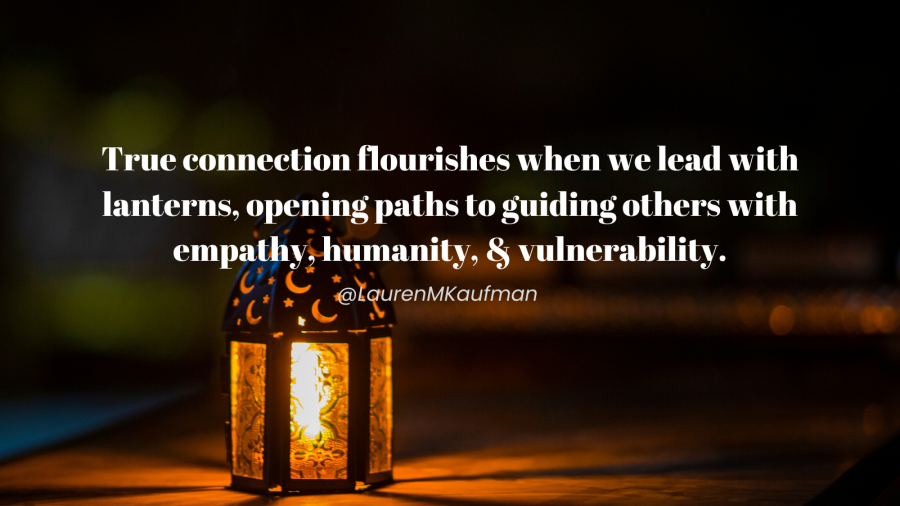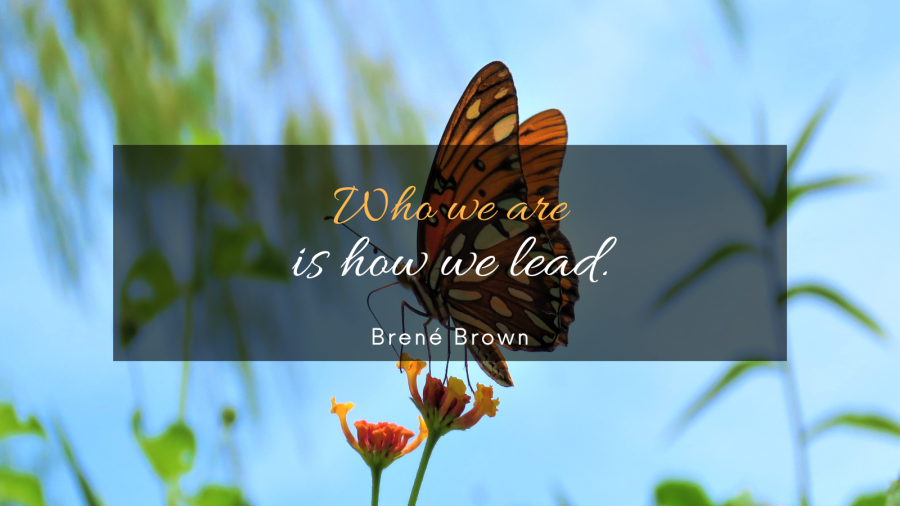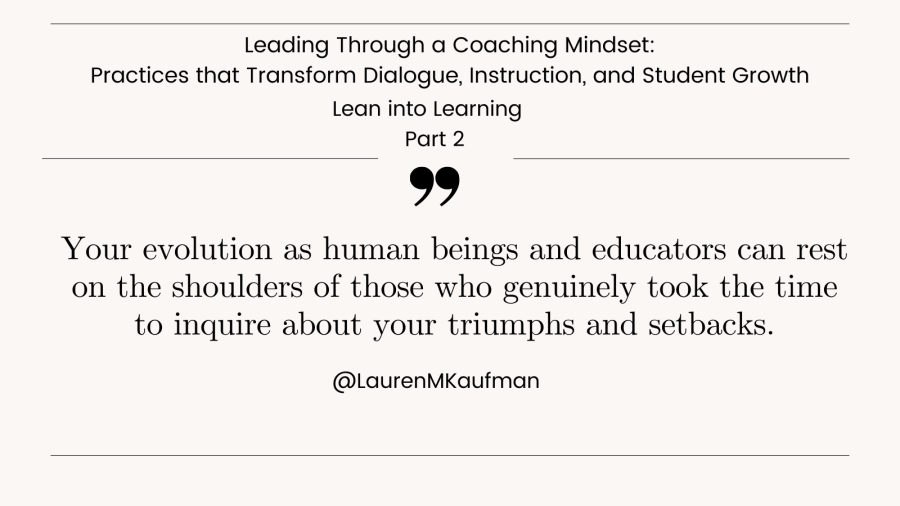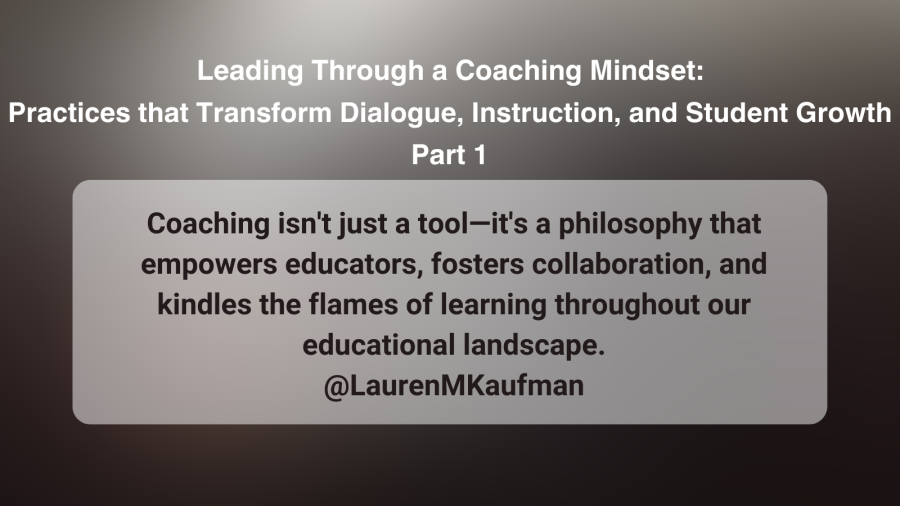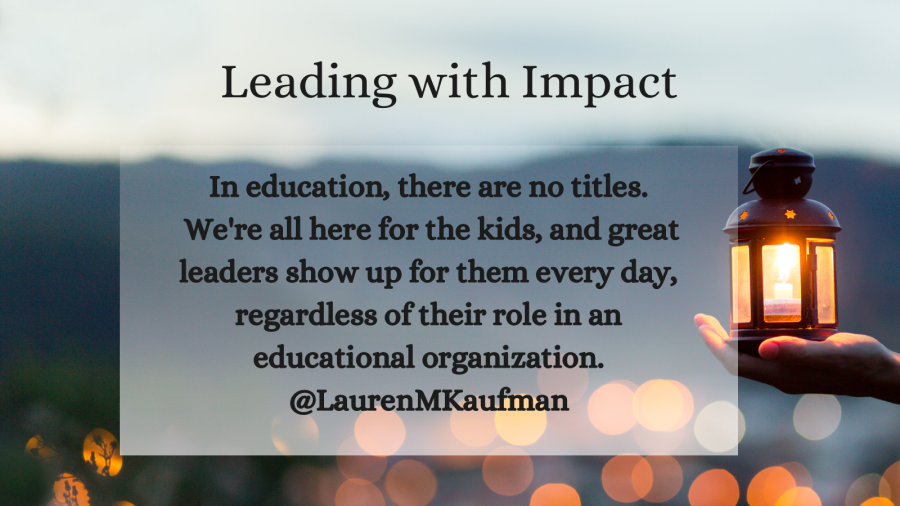The frame for this piece is collaborative in nature. You are invited to engage in conversation on cultivating your legacy for leadership. Imagine this post as an interactive conversation with three thought partners. It may read more like loosely connected haiku poems than a deep dive piece. We are grateful to collectively compose this piece …
